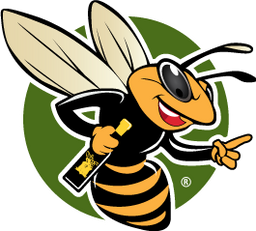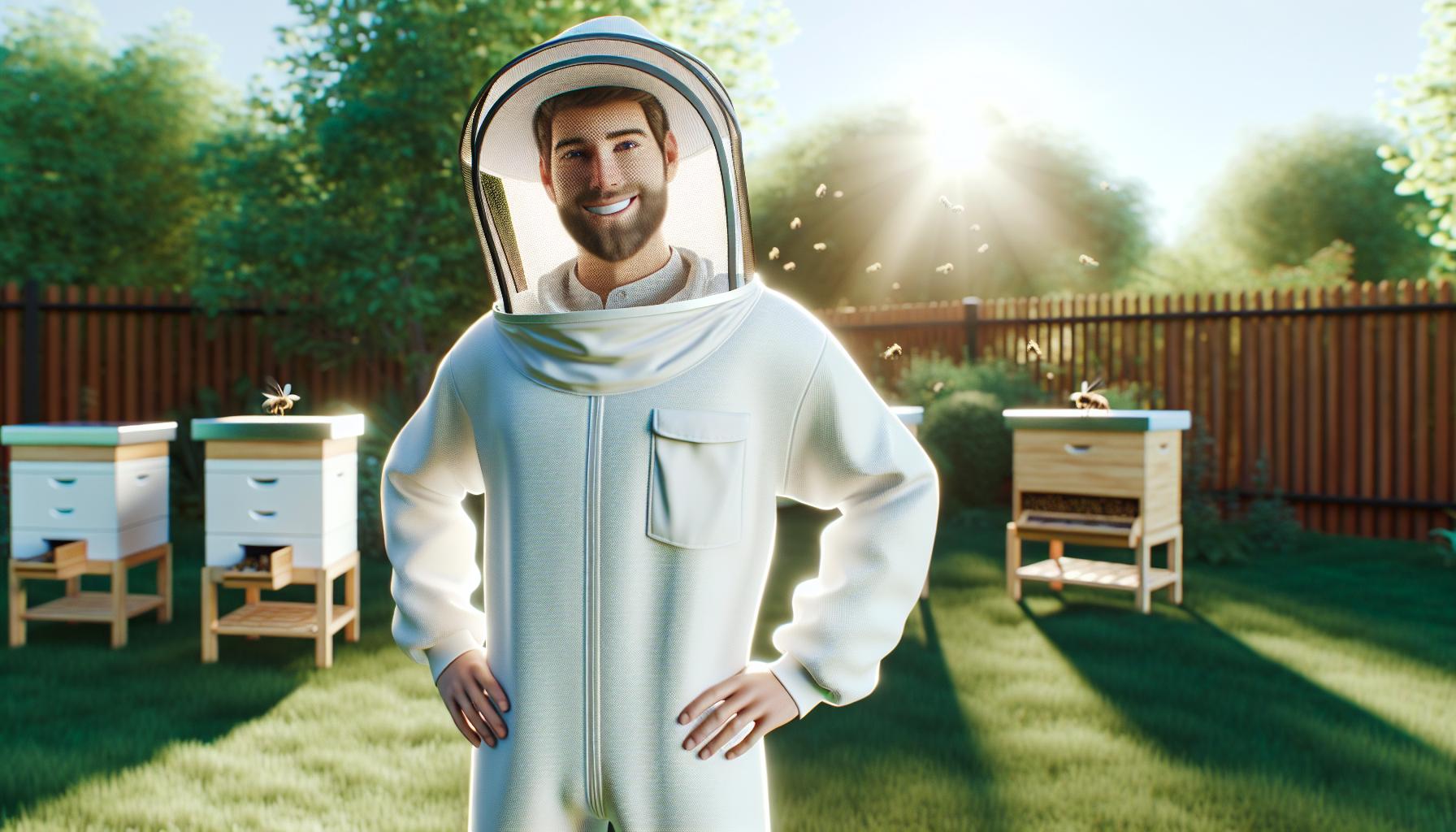For anyone venturing into beekeeping, a reliable bee suit is an essential piece of equipment. These protective garments shield against stings while allowing beekeepers to work comfortably around their buzzing colonies. Whether you're a beginner or an experienced apiarist, investing in a high-quality bee suit ensures safety, confidence, and ease in hive management.
This guide explores the best bee suits for sale, essential features to consider, different styles available, and expert tips for choosing the perfect fit. By the end, you'll have a comprehensive understanding of how to select the right bee suit to enhance your beekeeping experience.
Why a Bee Suit is Essential for Beekeeping
Bees are generally non-aggressive, but they can become defensive when their hive is disturbed. A bee suit acts as a barrier, significantly reducing the chances of getting stung. Some key benefits of wearing a bee suit include:
-
Protection from Stings: The thick fabric prevents bee stingers from reaching the skin.
-
Increased Confidence: Beekeepers feel more at ease when working closely with their colonies.
-
Comfort and Convenience: Proper ventilation and flexibility make hive inspections and honey harvesting easier.
-
Allergy Prevention: Some individuals may be allergic to bee stings, making protective gear a necessity.
Whether working with a small backyard hive or managing large-scale apiaries, the right bee suit is an indispensable tool for any beekeeper.
Types of Bee Suits
Bee suits come in various styles, each catering to different needs and preferences. Here are the main types:
1. Full-Body Bee Suits
A full-body bee suit offers maximum protection by covering the beekeeper from head to toe. These suits usually come with an attached hood and elastic cuffs to prevent bees from entering. They are ideal for beginners or those working with particularly defensive bee colonies.
Pros:
-
Provides complete protection
-
Often made from durable materials
-
Great for all-weather use
Cons:
-
Can be heavy and warm in hot climates
-
Slightly restrictive in movement
2. Jacket-Style Bee Suits
A bee jacket provides protection for the upper body while leaving the legs exposed. These are suitable for quick hive checks or experienced beekeepers who prefer less coverage.
Pros:
-
Lightweight and breathable
-
Easier to put on and remove
-
More comfortable in hot weather
Cons:
-
Less protection than a full suit
-
Requires additional leg protection (thick pants or coveralls recommended)
3. Ventilated Bee Suits
Designed for maximum airflow, ventilated bee suits feature mesh layers that allow heat to escape while keeping bees out. These suits are perfect for beekeeping in warm climates.
Pros:
-
Enhanced breathability
-
Comfortable in hot weather
-
Offers good protection despite being lightweight
Cons:
-
Can be more expensive than standard suits
-
May not provide as much warmth in cooler weather
Features to Consider When Buying a Bee Suit
When choosing a bee suit, consider the following factors to ensure optimal comfort and protection:
1. Material & Fabric
Bee suits are made from various materials, each offering different levels of protection and comfort:
-
Cotton: Soft and breathable, though heavier than synthetic fabrics.
-
Polyester/Nylon: Lightweight, durable, and resistant to moisture.
-
Ventilated Mesh: Keeps beekeepers cool while ensuring protection.
2. Fit & Sizing
A well-fitted suit enhances mobility and comfort. Ensure the suit is slightly loose to create an extra barrier between the fabric and the skin. Check sizing charts provided by manufacturers before purchasing.
3. Veil Design
The veil protects the face and neck from bee stings. The most common styles include:
-
Round Veil: Offers excellent visibility and airflow.
-
Fencing Veil: Stays away from the face and is more structured.
-
Collapsible Veil: Provides versatility and is easy to store.
4. Zippers & Pockets
-
Heavy-duty zippers prevent bees from sneaking in.
-
Pockets provide storage for essential tools like hive tools, gloves, or a brush.
5. Elastic Cuffs & Foot Straps
Elastic cuffs and foot straps ensure bees cannot crawl into sleeves or pant legs, adding extra security.
Where to Buy Quality Bee Suits
Beekeepers can find quality bee suits through several sources:
1. Online Retailers
-
Amazon, eBay, and dedicated beekeeping supply websites offer a vast selection.
-
User reviews help assess product quality.
-
Free shipping and discounts may be available.
2. Local Beekeeping Supply Stores
-
Trying on suits before purchasing ensures the right fit.
-
Store staff provide expert advice on materials and sizing.
-
Supporting local businesses helps the beekeeping community.
3. Beekeeping Associations & Clubs
-
Many beekeeping groups have recommendations and discounts for members.
-
They often sell tested and reliable suits used by experienced beekeepers.
Bee Suit Pricing: What to Expect
The cost of a bee suit varies based on quality, features, and brand:
-
Basic Jacket-Style Bee Suits: $30 - $80
-
Full-Body Bee Suits: $50 - $150
-
Ventilated Bee Suits: $60 - $250
Investing in a well-made bee suit ensures longevity, protection, and comfort, making it worth the price.
Final Thoughts
Choosing the right bee suit is an important step in beekeeping. Whether you prefer a full-body suit, a jacket-style option, or a ventilated design, selecting a suit that balances comfort, protection, and durability ensures a safe and enjoyable experience.
Investing in a high-quality bee suit is a smart decision for any beekeeper. With the right protective gear, you can focus on caring for your bees, harvesting honey, and enjoying the fascinating world of apiculture with peace of mind!
Frequently Asked Questions (FAQs)
1. What is the purpose of a bee suit in beekeeping?
A bee suit provides protection from stings while allowing beekeepers to work safely with their hives. It minimizes the risk of allergic reactions and increases confidence when handling bees.
2. Which type of bee suit is best for beginners?
A full-body bee suit with a round or fencing veil is best for beginners, offering the highest level of protection.
3. How do I choose the right size bee suit?
Check the manufacturer’s size chart and choose a suit that is slightly loose to allow airflow and movement while preventing bees from reaching the skin.
4. How should I clean and maintain my bee suit?
Most bee suits are machine washable. Use mild detergent, wash in cold water, and hang to dry. Avoid harsh chemicals that can degrade the fabric.
5. Where can I buy a high-quality bee suit?
You can purchase bee suits online from retailers like Amazon, beekeeping supply websites, or at local beekeeping stores where you can try on different options before buying.



